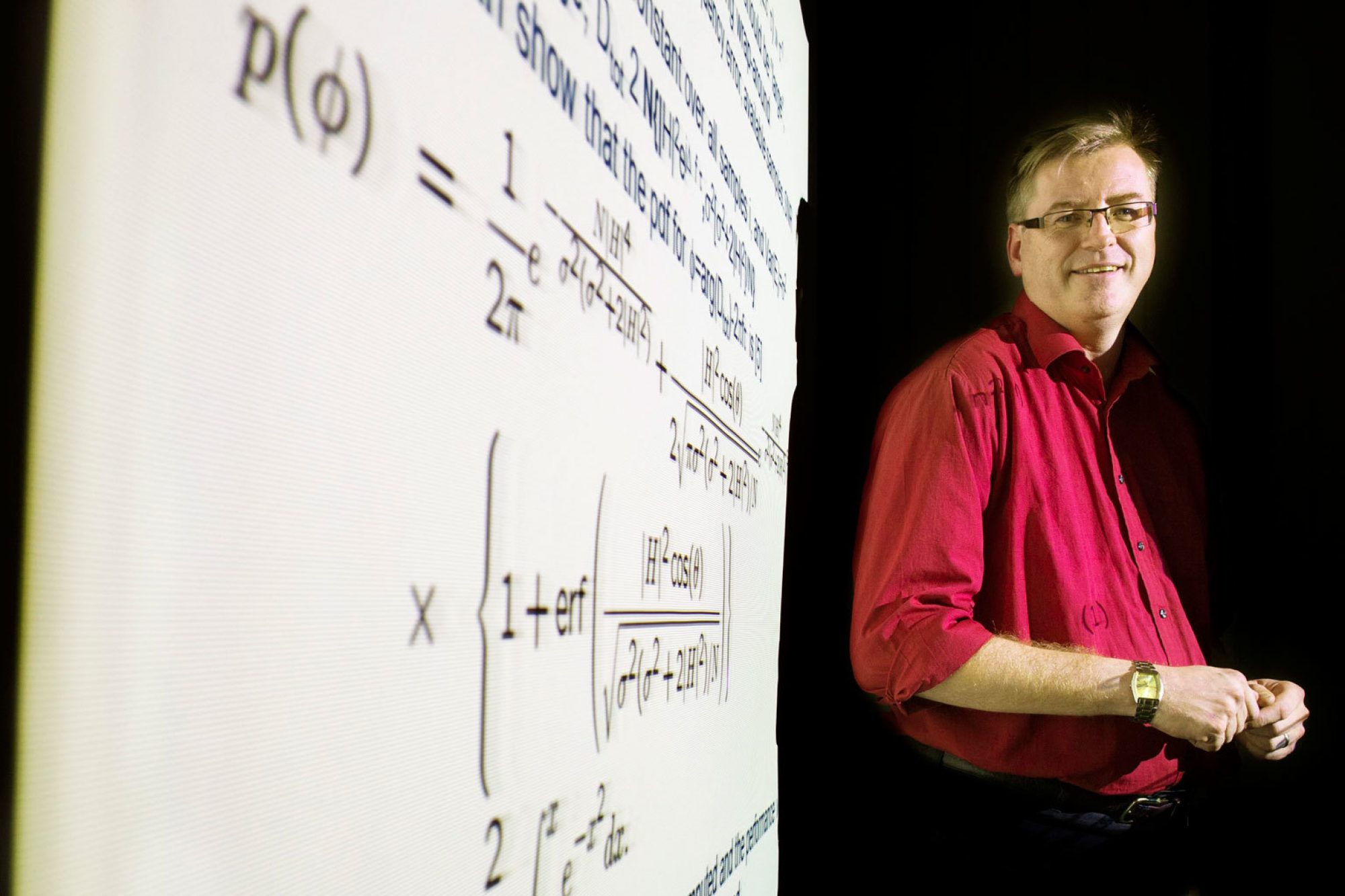As a corporate inventor, one typically works in teams and therefore inventions may have several inventors. So, on average, how many inventors are involved in an invention? Well, this number is heavily dependent on the topic/subject, where it seems for my (by some quick Googling) to be more inventors on an invention in chemistry and medicine compared to wireless communication, my area of expertise.
But focusing on my own filed patents, the number of inventors on my patent applications span between 1 and 7, where the average is very close to 3. Furthermore, 2-4 is the most common number of co-inventors. Being the sole inventor is quite rare, and only around 10 out of 400+ I have been the only inventor. This again it shows that creating inventions is a team work, where all people in the team are open minded and help improving the initial idea originated from some first discussions to become a brilliant patentable invention.
